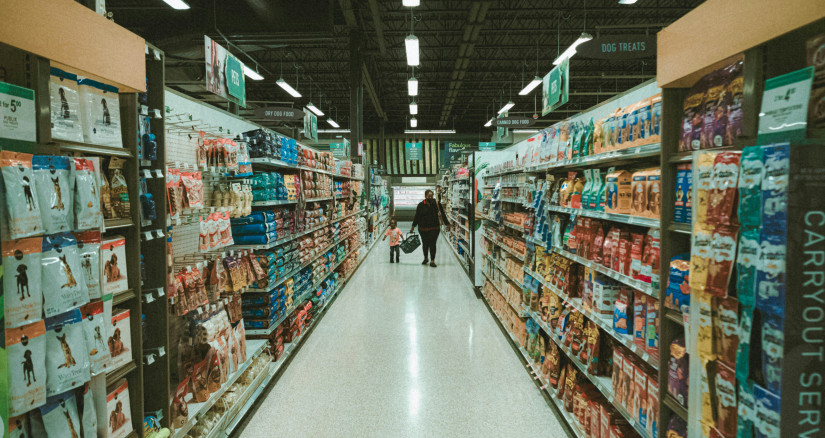
Decoding the Back of the Bag
As pet parents have become more aware of what they are feeding their pets, many turn the bag over and look at the ingredients. This may give an owner a general idea of what is in the food they are feeding; however, many may notice the long list near the end of the ingredients deck that sounds more like chemicals than food. What is this made of, and why is it in pet food?
In pet food, “premixes” are a combination of vitamins, minerals, and possibly amino acids that are required to make a food complete and balanced per the Association of American Feed Control Officials (AAFCO). Premixes are mixed prior to being added to a pet food formulation. These can be purchased in a general mix “off the shelf” or can be customized for an individual manufacturer.
This daunting list of ingredients like dicalcium phosphate, D-calcium pantothenate, and thiamine mononitrate may seem like the food is full of additives some might not want to put in a pet’s bowl, but in reality, these and numerous others are part of the standard vitamin and mineral premixes that are added to foods to ensure they are complete and balanced for the health of the pet. Pet food often contains a plethora of ingredients that are natural sources of vitamins and minerals. Still, concentrated sources of these nutrients are sometimes used, much like adding a multivitamin to a human daily regimen to ensure the pet's diet is complete and balanced.
For example, D-calcium pantothenate is a synthetic form of pantothenic acid or vitamin B5. This synthetic vitamin is used because, although pantothenic acid is found naturally in meats and whole grains, processing of any kind results in significant loss of this fragile vitamin, so there is not enough of this vital vitamin in the final product. To compensate for the loss of the natural vitamin, a synthetic version that is made from pantothenic acid but more stable is used.
While many whole food ingredients contain vitamins and minerals, it is critical for pets that they are in the appropriate amount and ratio in their diets.1 These food ingredients may be combined in the best possible ratios to ensure maximum nutrition is coming from food, but things like sourcing, processing type, temperatures, oxidation, and shelf life can negatively affect these vital nutrients in the diet. To ensure that the diet will always meet the AAFCO profiles for which the formula is produced often times a small amount of these vitamins and minerals will need to be added into the diet through a premix or in the case of homemade diets a premade vitamin mineral meal balancer.
Resources
- Trautman, Logan. “A to Z of Pet Food: Minerals - Pet Food Institute.” Pet Food Institute, https://www.facebook.com/PetFoodInstitute, 9 Nov. 2021, https://www.petfoodinstitute.org/blog/a-to-z-of-p
Follow us on LinkedIn for the latest updates on all things happening here at BSM Partners.
About the Author
Dr. Katy Miller works as the Director of Veterinary Services at BSM Partners. She earned her veterinary degree at Ross University and completed her clinical year at Louisiana State University. She previously served for 11 years as the Director of Dog and Cat Health and Nutrition for Mud Bay where she earned multiple certifications and specialized in pet food nutrition, prior to which she practiced general and emergency medicine for seven years. She is also a competitive three-day eventer, licensed falconer, and claims only two (Golden and Mini Doxie) of their nine dogs.
This content is the property of BSM Partners. Reproduction or retransmission or repurposing of any portion of this content is expressly prohibited without the approval of BSM Partners and is governed by the terms and conditions explained here.